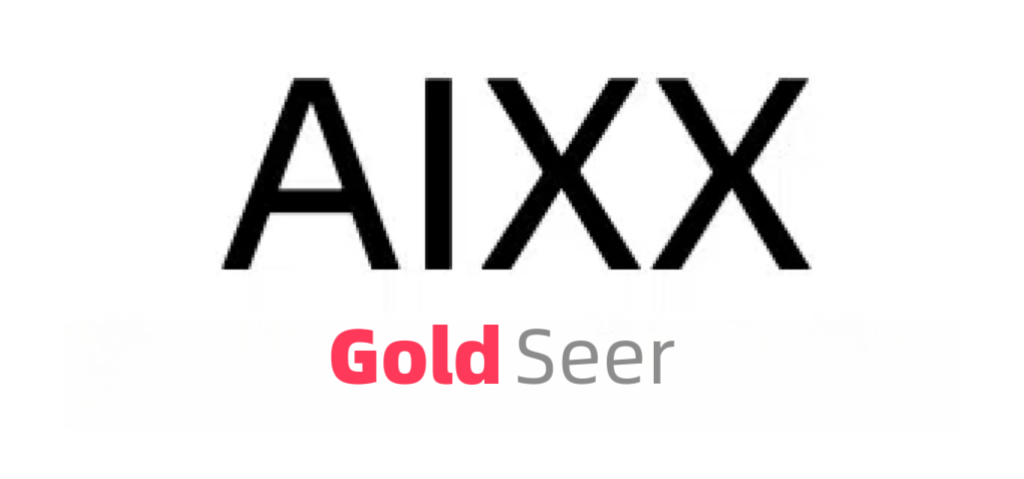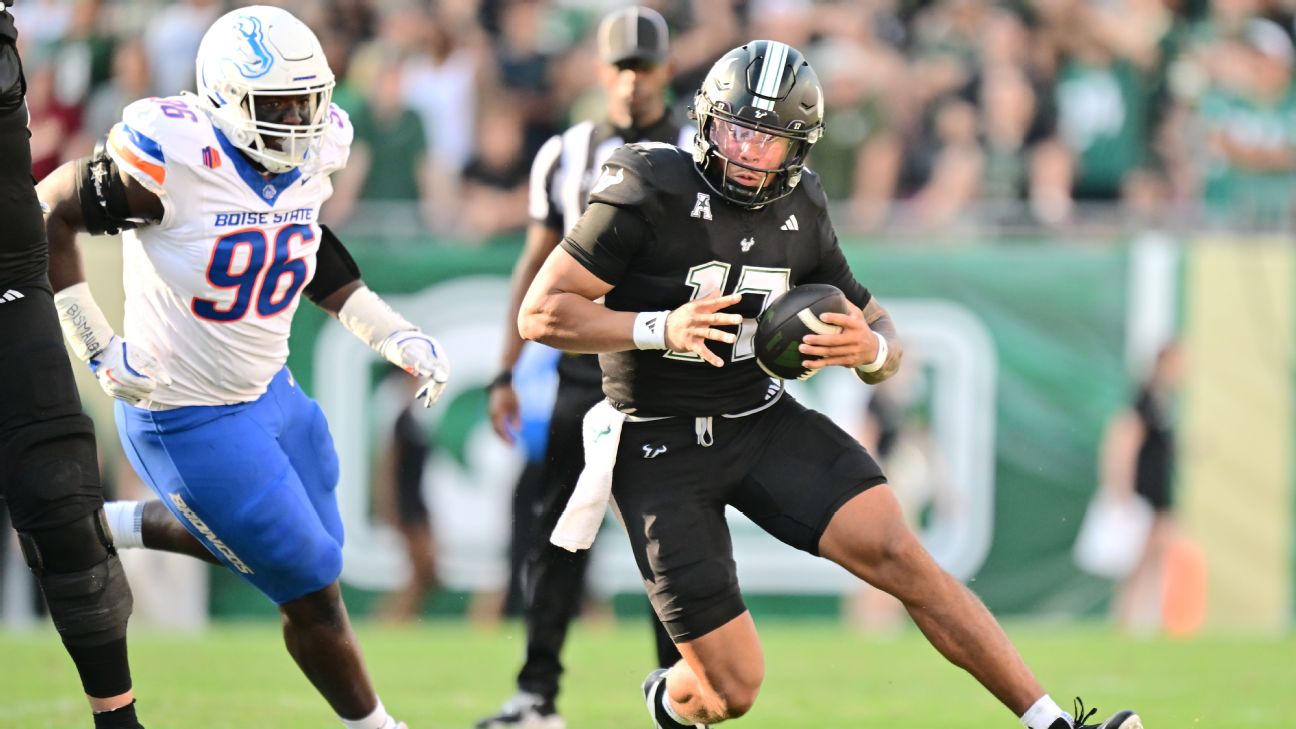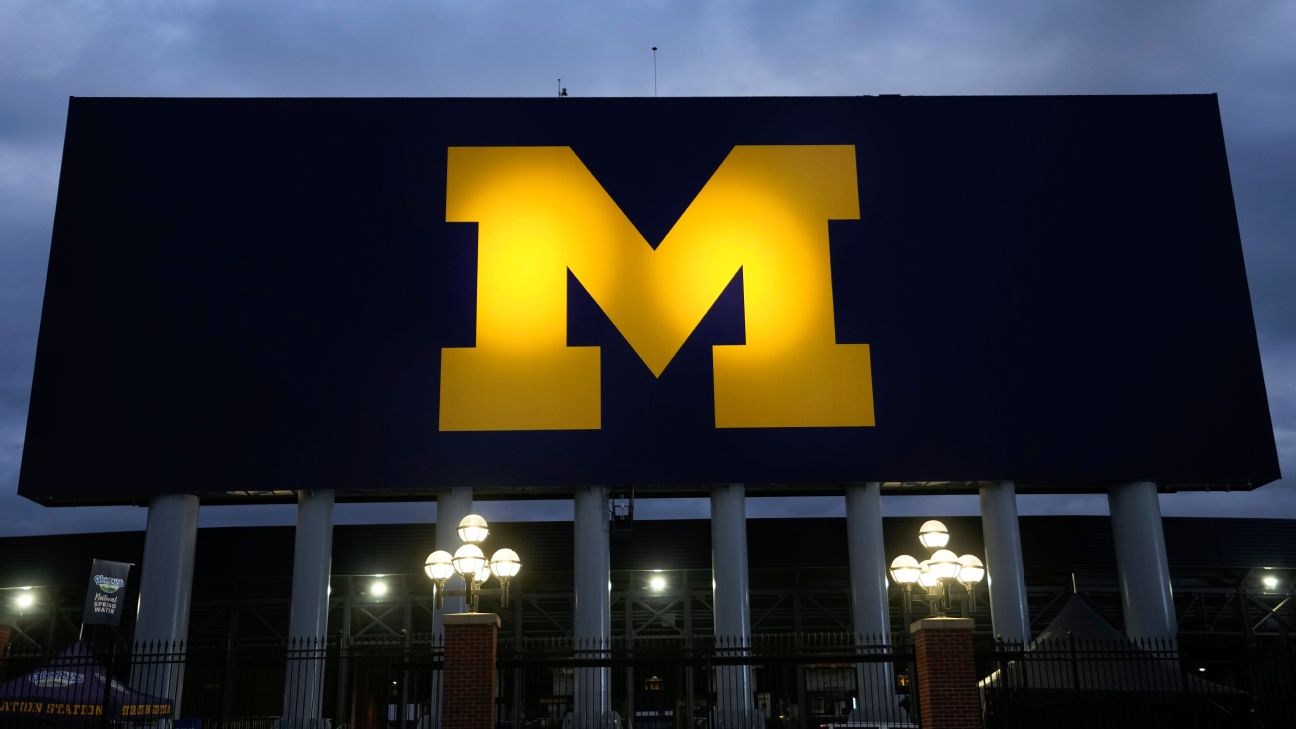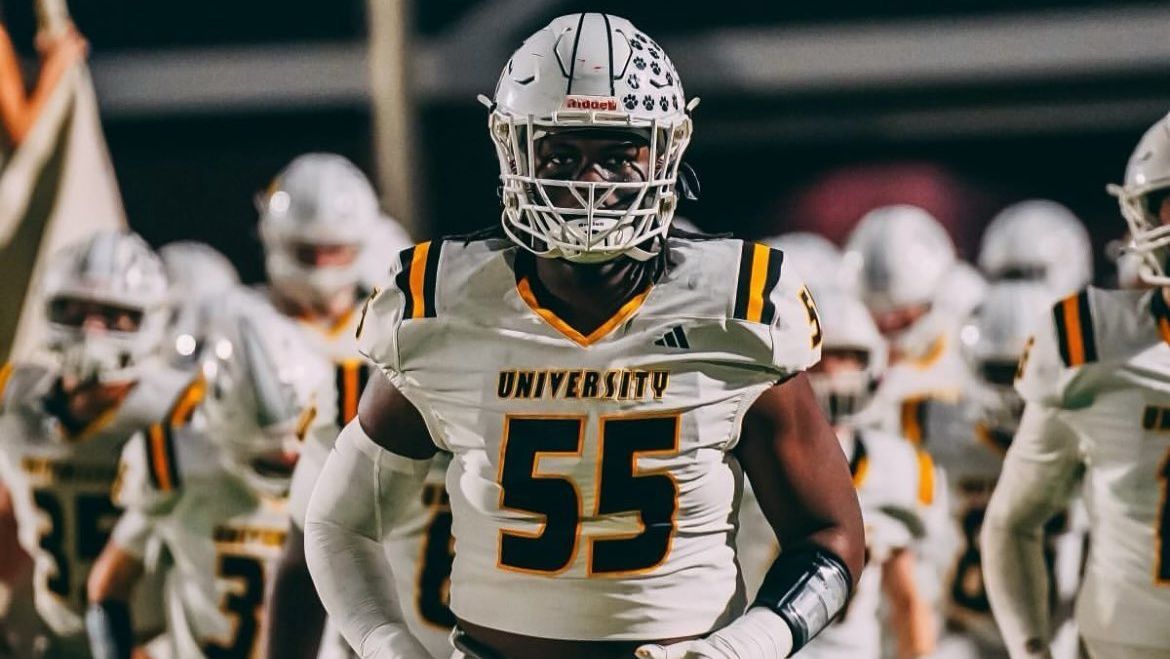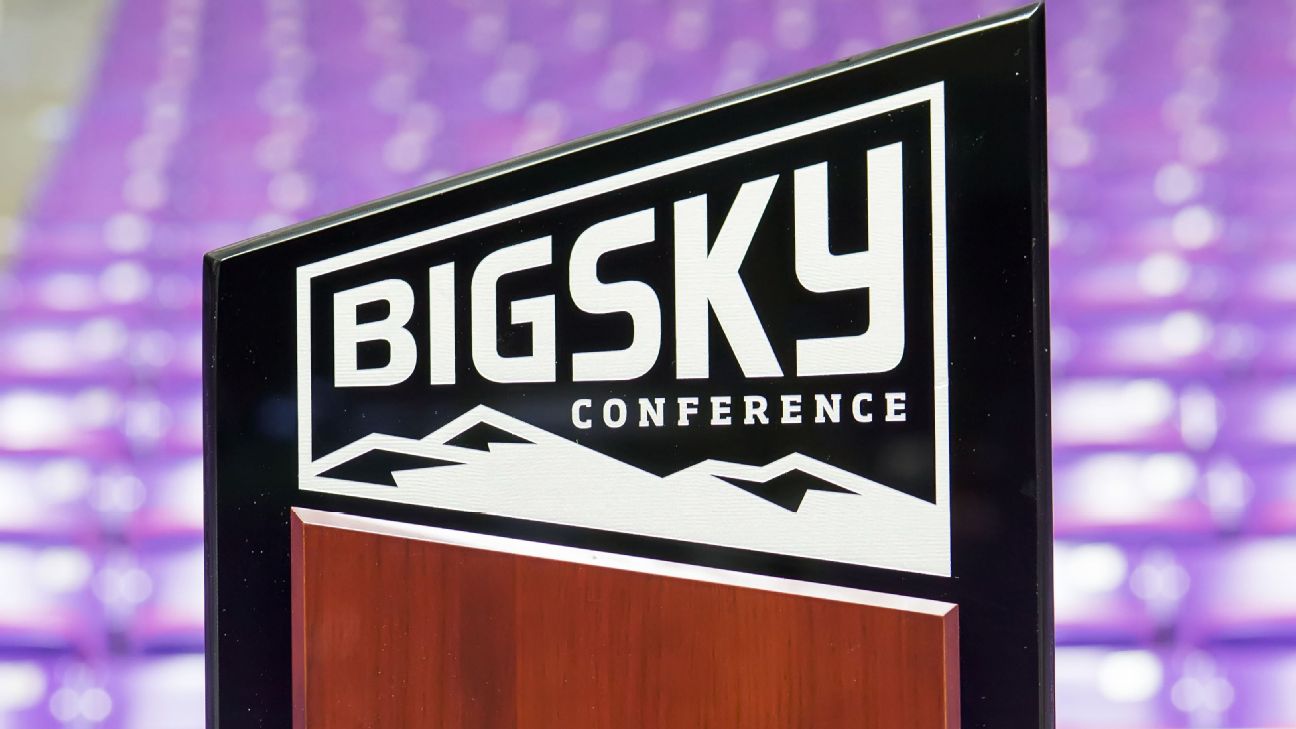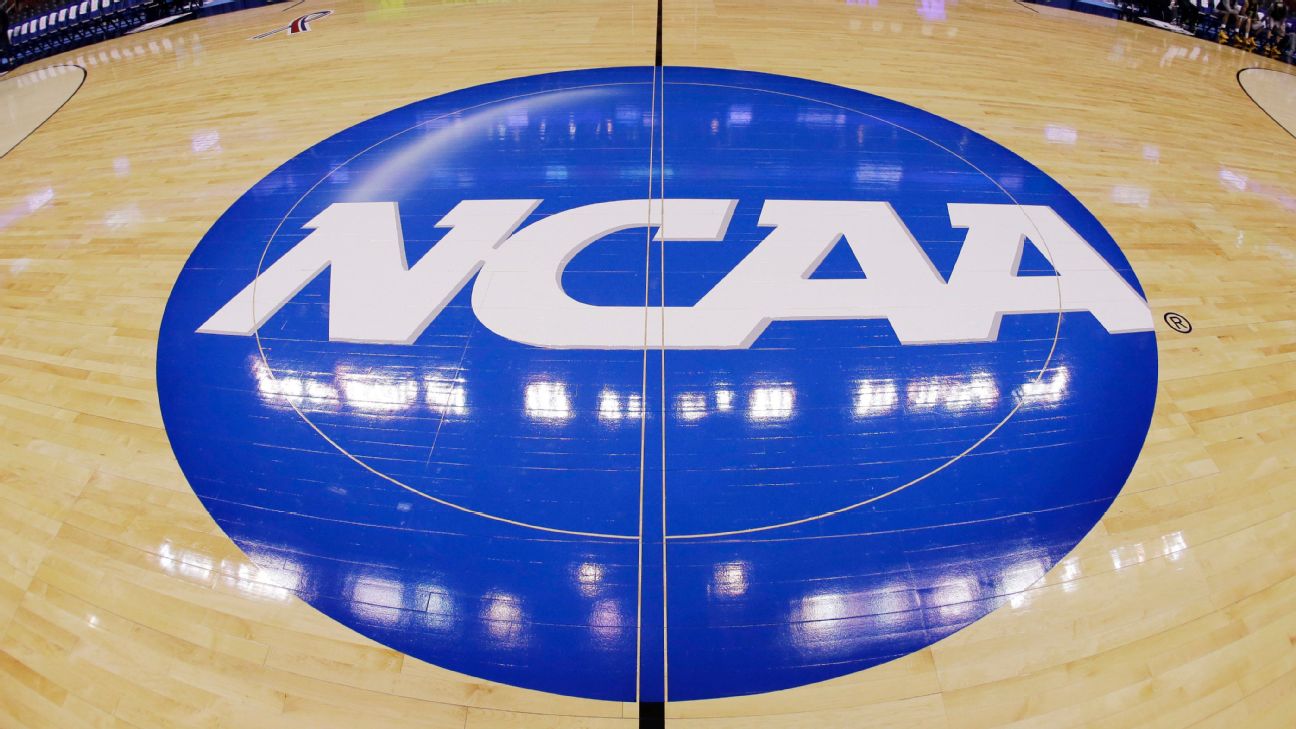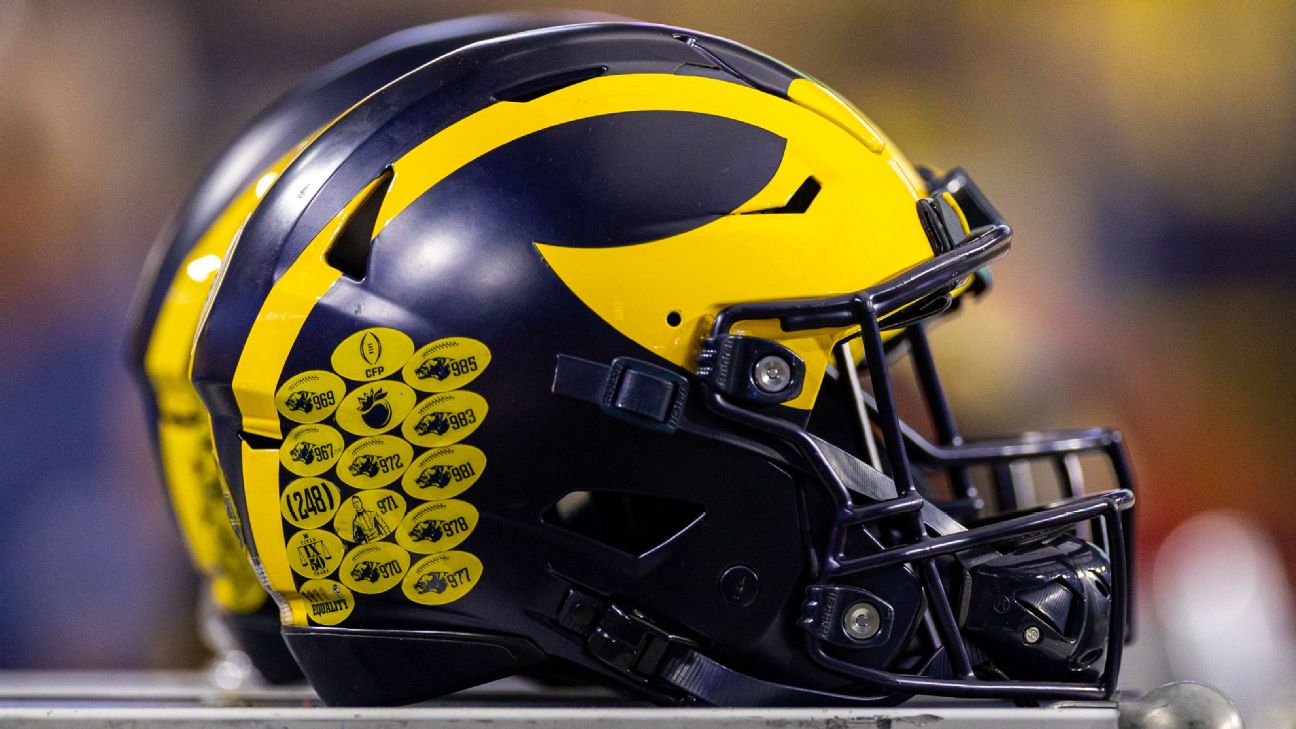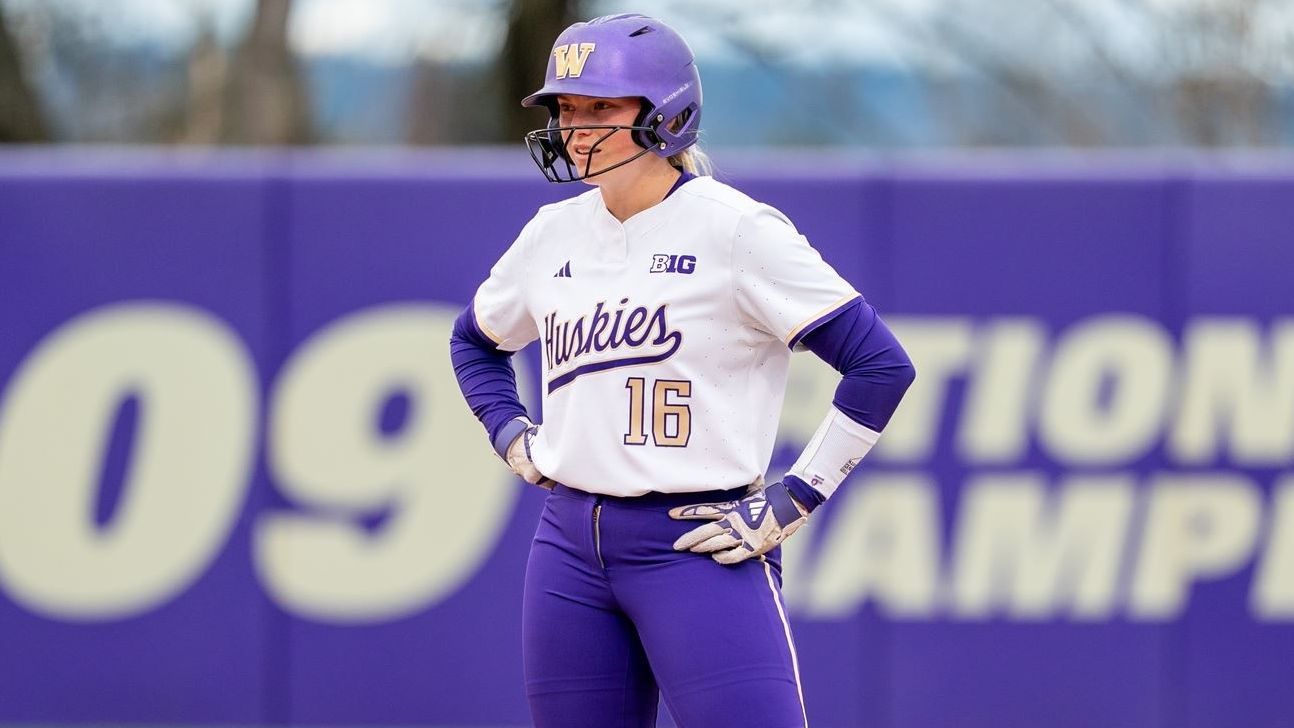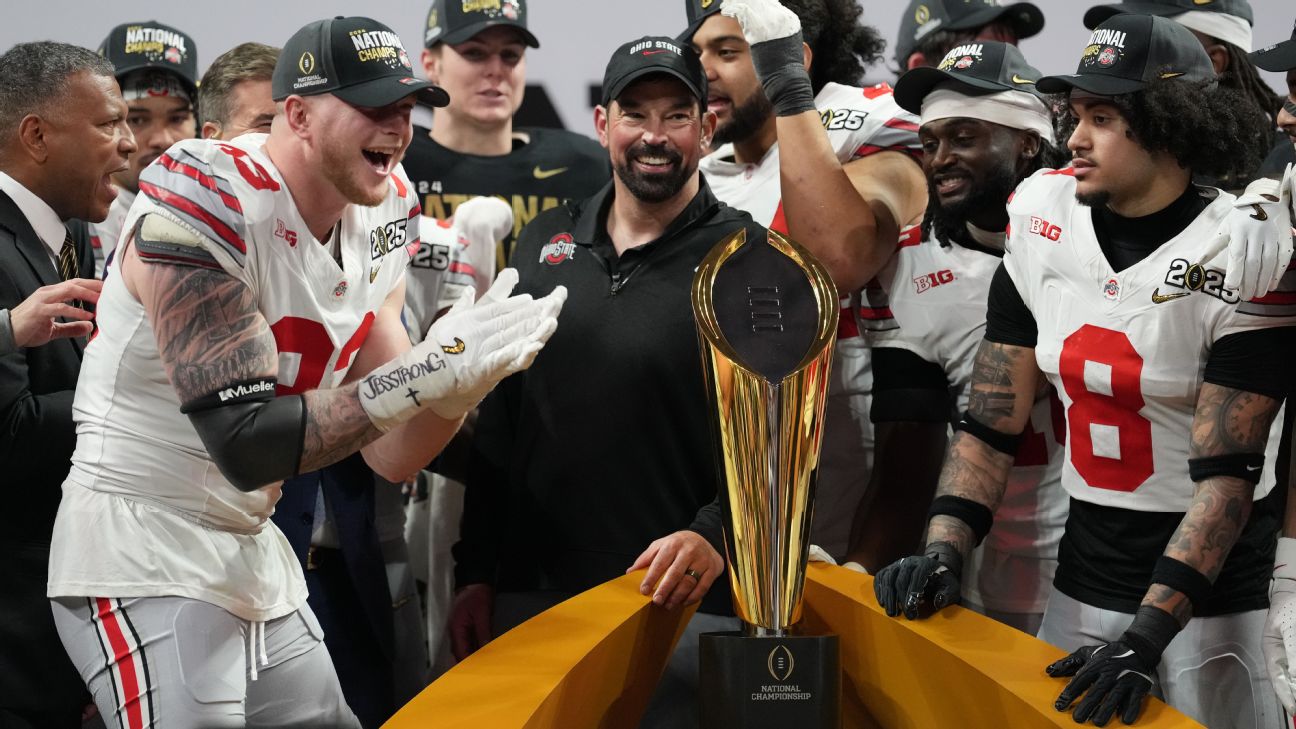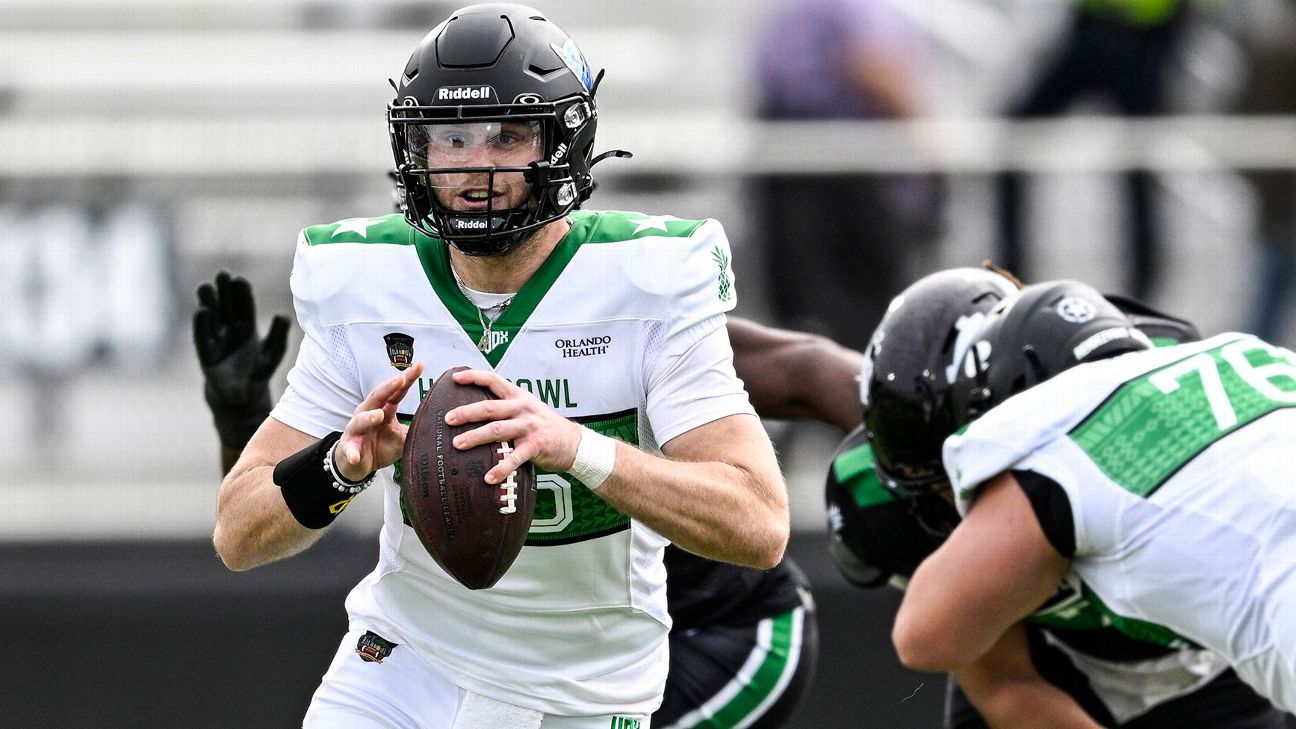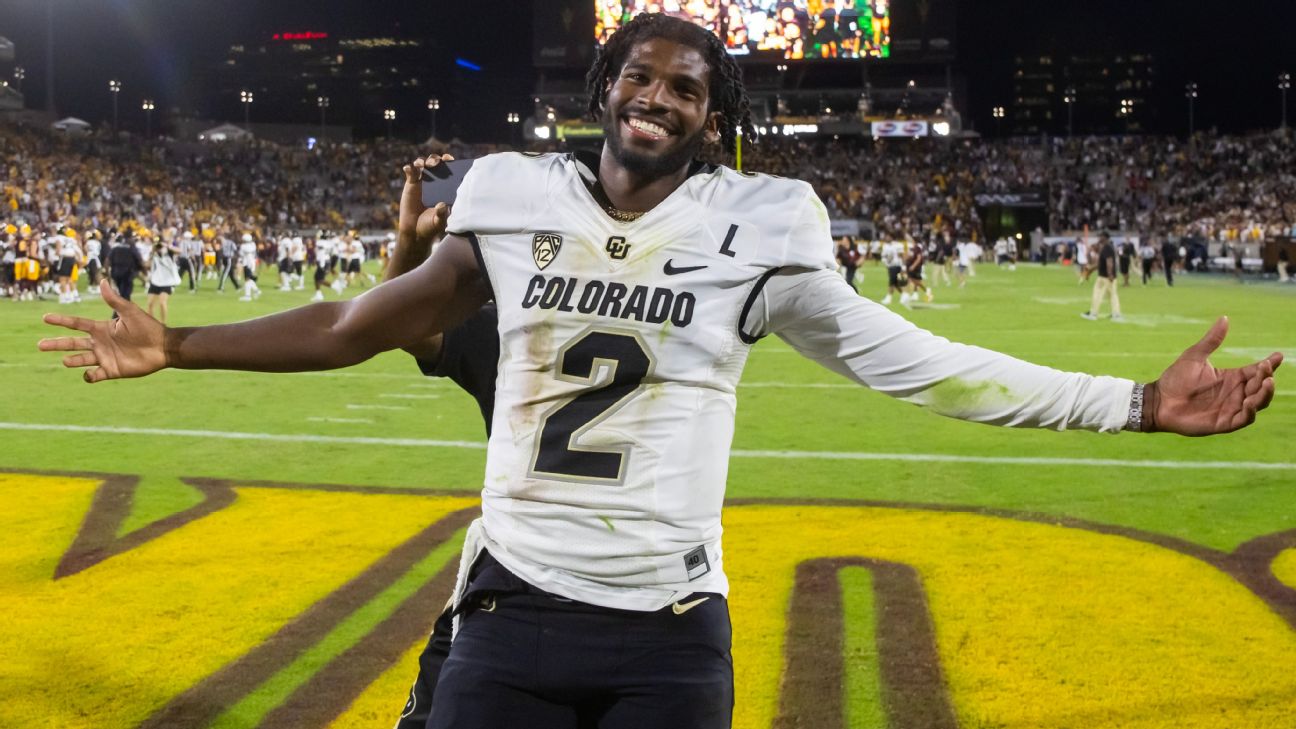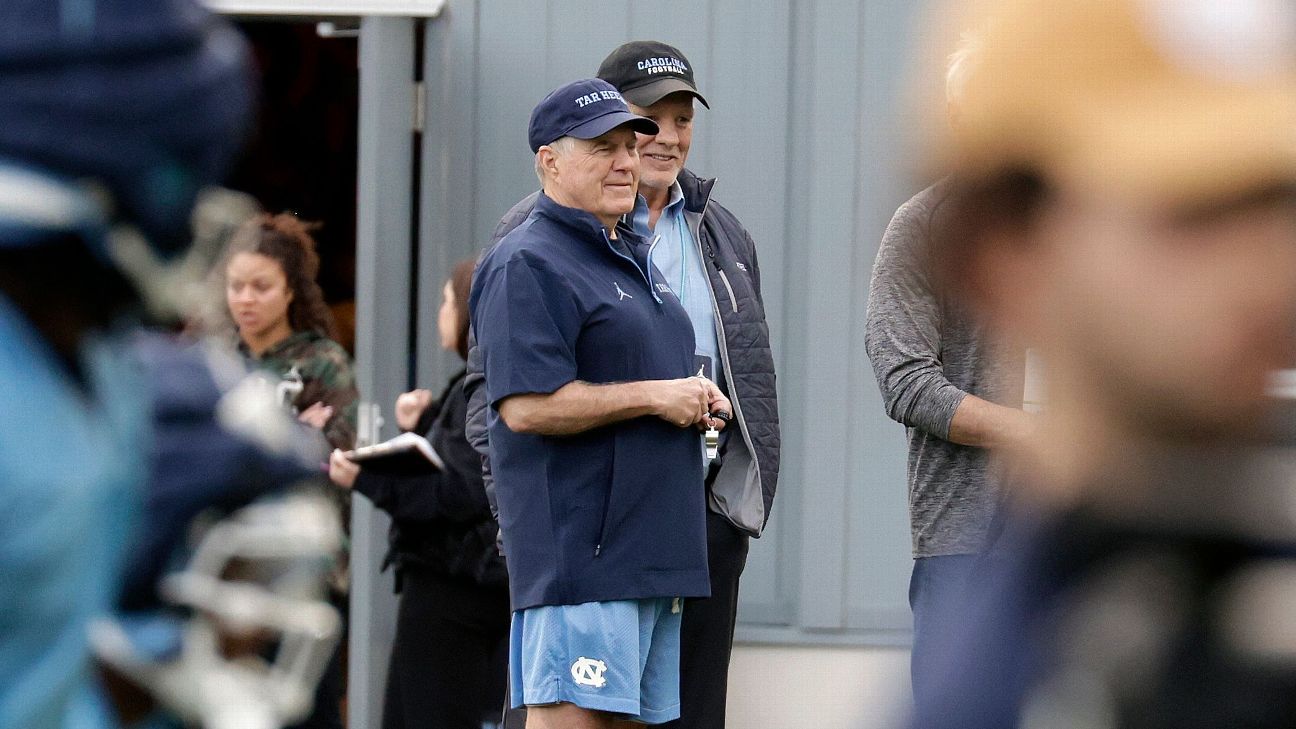NCAA Athlete Pay: Navigating the New Rules and Old Challenges
Explore the latest changes in NCAA athlete pay, the challenges of new rules, and the impact on college sports.
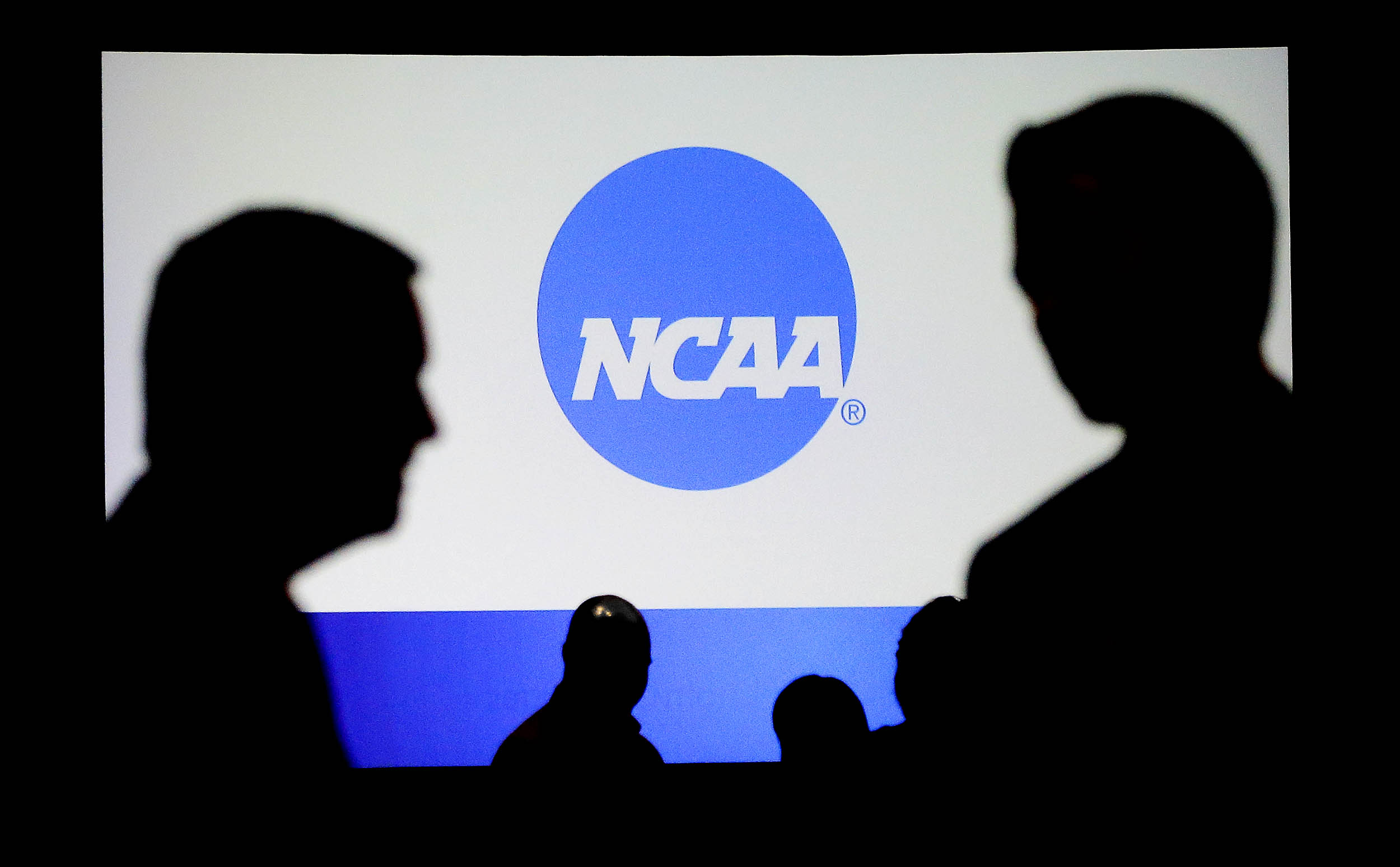
The Evolution of NCAA Athlete Compensation
College athletics has entered a new era with the implementation of rules allowing schools to directly pay players. This shift comes after years of debate and legal battles surrounding athlete compensation. The recent approval of the House settlement by federal judge Claudia Wilken marks a significant milestone, yet it also brings back familiar challenges.
Historical Context
Back in 2004, legendary basketball coach Bob Knight highlighted the NCAA's penchant for creating complex rules. He famously compared the NCAA Division I manual to the U.S. Constitution, emphasizing the overwhelming bureaucracy that has long plagued college sports. The manual's extensive bylaws were a response to constant rule-breaking and loopholes found by coaches, players, and boosters.
The New Era of NIL
The introduction of Name, Image, and Likeness (NIL) policies allowed athletes to profit from their personal brands, leading to what many called "the Wild, Wild West" of college sports. This period saw a more open market where donors could compensate players as they saw fit, leading to a more level playing field in terms of competitive balance.
The House Settlement
The recent House settlement aims to bring structure to this new landscape. It allows schools to share revenue with athletes but imposes a cap on overall payouts ($20.5 million per school). However, it does not classify athletes as university employees, and it introduces a complex system to distinguish genuine NIL deals from pay-for-play arrangements.
Challenges Ahead
Despite the new rules, enforcement remains a significant challenge. Coaches and administrators express skepticism about the feasibility of maintaining compliance. The history of college sports suggests that people are likely to find ways around the rules, leading to potential legal battles and continued debates over fairness.
The Future of College Sports
As college sports navigate this new era, the balance between regulation and freedom will be crucial. The value of athletes who can deliver victories is immense, and the pathways to additional compensation outside the approved structure are nearly endless. The NCAA's commitment to progress and adaptation will be key to supporting and protecting the integrity of college sports.
Conclusion
The era of deregulation in college sports is over, but the game remains the same. New rules bring new challenges, and the NCAA must find a way to balance the interests of athletes, schools, and fans. The journey towards a fair and sustainable model for athlete compensation continues, with lessons from the past guiding the way forward.
